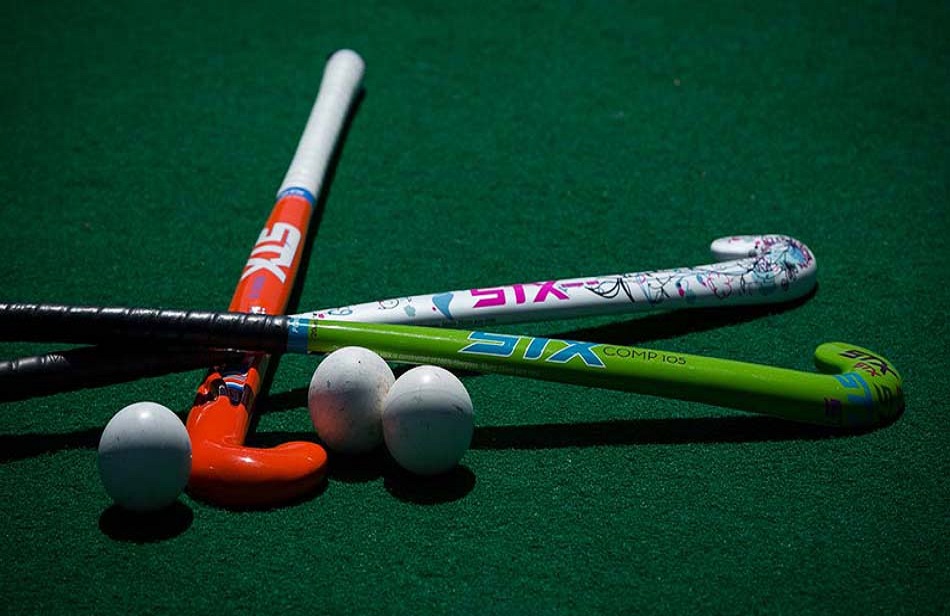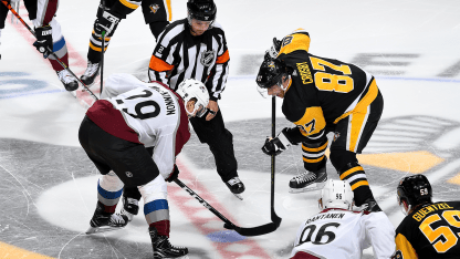
If you’re new to the world of ice hockey, one of the first things you’ll want to understand is the different hockey positions on the ice. Each player has a unique role that contributes to the team’s success, both offensively and defensively. Whether you’re a player looking to find your spot or a fan wanting to get closer to the action, this guide is here to help you make sense of the positions and what they entail.
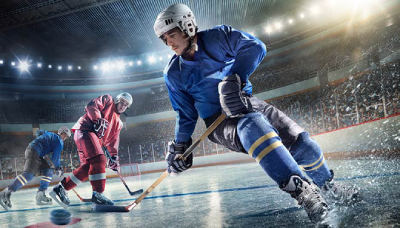
Content
Ice Hockey Positions Explained
In a standard ice hockey game, each team has six players on the ice: three forwards, two defensemen, and one goaltender. The hockey player positions are split into offensive and defensive hockey positions, each with specific duties. Let’s explore each of these in more detail so you can see how they work together to create one of the most fast-paced and strategic sports in the world.
Center
The center is often considered the quarterback of the team. Playing in the middle of the forward line, the center is responsible for both scoring and defending. They’re usually the ones taking face-offs and covering more ice than any other player.
A skilled center needs excellent skating ability, vision, and strong puck-handling skills. They’re pivotal in transitioning from defense to offense and often act as the playmaker.
Notable centers: Sidney Crosby, Connor McDavid, Patrice Bergeron
Right Wing
The right wing plays to the right of the center and focuses primarily on offense. They are typically fast skaters with a powerful shot and aggressive forechecking abilities. While their primary job is to support the center and score goals, they also need to backcheck and help defend when the puck transitions the other way.
Positioning is crucial for a right winger, as they often find themselves along the boards and in tight spots around the net. Quick decision-making is a must.
Famous right wingers: Jaromir Jagr, Patrick Kane, Brett Hull
Left Wing
Similar to the right wing, the left wing lines up to the left of the center. They are often involved in heavy physical play along the boards and are tasked with creating scoring opportunities and defending their zone when necessary. A good left winger needs a balance of physicality, speed, and offensive vision.
They also need strong chemistry with the center to ensure smooth offensive plays and effective puck cycling.
Well-known left wingers: Alexander Ovechkin, Johnny Gaudreau, Brendan Shanahan
Right Defenseman
The right defenseman is stationed on the right side of the ice and is tasked with stopping the opposing team’s offensive threats. Defensemen play closer to their own goal and often block shots, clear the puck, and make breakout passes to the forwards.
They must be strong on their skates and aware of their surroundings to quickly react to puck movement. A right defenseman often has to neutralize the left-winger on the opposing team.
Great right defensemen: Chris Pronger, Cale Makar, Brent Burns
Left Defenseman
The left defenseman holds similar responsibilities to the right but covers the left side of the defensive zone. Coordination between both defensemen is vital to maintain structure and prevent scoring chances.
They must be strategic in their positioning and communication, often working in tandem with the goaltender to protect the net. Being able to transition the puck out of the defensive zone is a major part of their role.
Famous left defensemen: Nicklas Lidström, Zdeno Chára, Victor Hedman
Goaltender
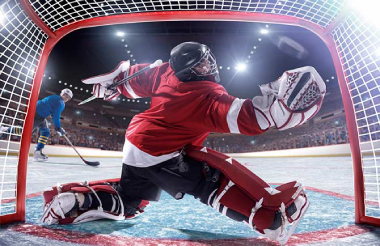
The most specialized of the ice hockey positions, the goaltender’s job is simple to define but incredibly hard to execute: stop the puck from entering the net. Goalies need lightning-fast reflexes, superb focus, and excellent positioning skills.
They serve as the last line of defense and can often be the difference-maker in close games. Modern goalies are also expected to handle the puck and help initiate breakouts.
Legendary goaltenders: Martin Brodeur, Patrick Roy, Dominik Hašek
Best Hockey Position for Beginners
When you’re just getting started, you may wonder what the best hockey position for beginners is. While it depends on your skillset and interests, most coaches recommend starting as a winger. Wingers have defined zones of play, making it easier to learn positioning, puck handling, and basic game strategy.
Centres require more experience due to their need for constant movement and puck control, while defense and goaltending demand strong skating and technical skills. Trying different positions in practice or recreational games can help you discover your natural fit.
Offensive and Defensive Hockey Positions
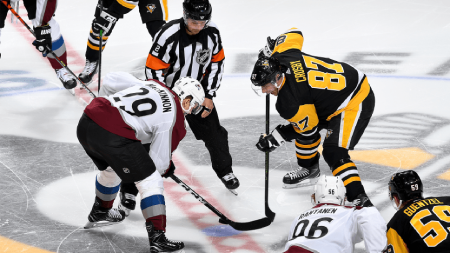
The offensive and defensive hockey positions work together like gears in a machine. The forwards — center, right wing, and left wing — are primarily offensive players. They focus on creating scoring chances, passing, and shooting. Forwards are often the first line of defense, too, especially when it comes to forechecking and backchecking.
Defensemen — both left and right — serve as the backbone of the team’s defense. Their roles involve protecting the crease, breaking up passes, blocking shots, and clearing rebounds. Yet, modern defensemen also contribute offensively by joining rushes and taking shots from the blue line.
Together with the goaltender, these hockey player positions create a balanced and strategic lineup that supports both ends of the rink.
Conclusion
Understanding hockey positions explained in detail can enhance your appreciation of the game or help you improve as a player. Each position comes with its unique responsibilities, physical demands, and strategic role. Whether you’re a nimble playmaker looking to be a center or a tough and steady defenseman, there’s a place for everyone on the ice.
FAQ’s About Hockey Positions
Q1: What are the main hockey positions on the ice?
The main hockey positions include center, left wing, right wing, left defenseman, right defenseman, and goaltender.
Q2: What is the best hockey position for beginners?
Winger is often the best position for beginners due to its defined role and easier learning curve for positioning and puck control.
Q3: How do offensive and defensive hockey positions differ?
Offensive positions focus on scoring and creating plays, while defensive roles emphasize blocking shots and protecting the net.
Q4: What skills are needed to play as a center in hockey?
Centers need excellent skating, puck-handling, awareness, and strong defensive and offensive capabilities to control play across the ice.

Eldon Barrett’s knowledge of sports is boundless. His in-depth analysis and captivating storytelling will make you see the games you love in a whole new light.

